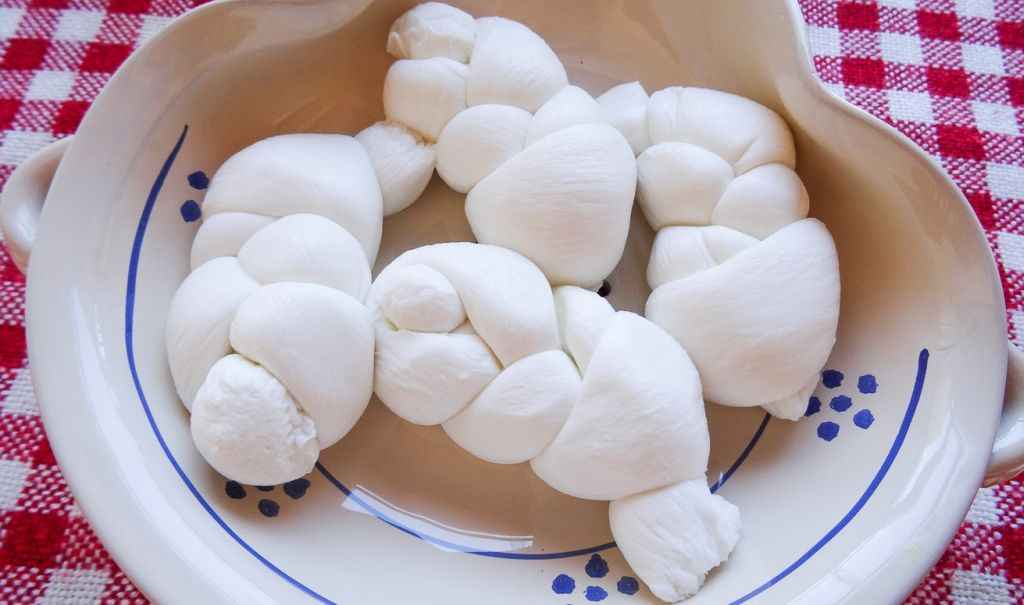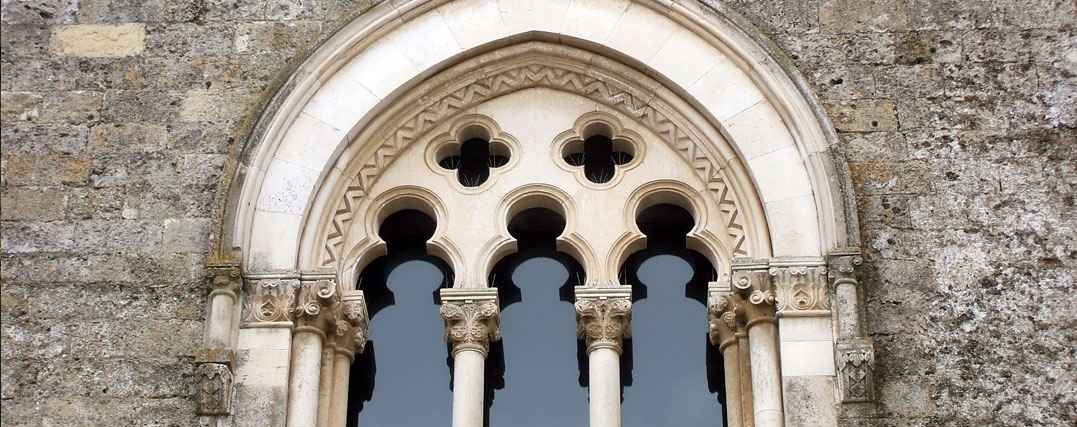



The town is located halfway between the Ionian and Adriatic seas, at almost identical distances from Matera, Bari and Taranto.
Since the Neolithic Age, the territory has been inhabited by different people, leaving significant traces of their presence, that are evident today in the dolmen necropolis of Masseria del Porto and in the archaeological excavations made around the areas of Castelluccia and Santo Mola. During the Byzantine Empire emerged the first urban settlement in the current site of the town (Borgo S. Nicola), where it is possible to admire some of the most evocative architectural structures of the time: the Arches of Constantinopoli, Nardulli, Mastrocinto, S. Nicola, Cimone ; the Tower House; the Church of S. Andrea; the Mother Church& and also minor architectural and sculptural forms like the keystones, the ornate oculus and decorative door knockers.
The archaeological area of Monte Sannace, one of the most important centres of Peucetia, and the Norman-Swabian Castle, linked to the figures of Frederick II of Swabia and Bianca Lancia who gave birth to Manfred of Sicily, give testimony to the archaeological and historical-architectural significance of the town.
The rural landscape is also to be considered one of the attractive elements of this patch of Apulia, with its 16th and 17th century farms, scattered in a wonderful naturalistic space marked by ravines, caves/cave residences and woods.
From an economic and productive point of view, Gioia del Colle is one of the most flourishing rural areas of the province and boasts a particularly significant production in the zootecnical and wine-making sectors with the Primitivo wine at the forefront. Dairy production is particularly developed: Gioia del Colle’s mozzarellas and dairy products have established themselves on markets all around Italy and beyond, for their incomparable quality.


The Castle of Gioia del Colle is the most remarkable monument of the town and one of the most beautiful of the Apulian region. It was built in Byzantine era, during the time of Norman Count Riccardo Siniscalco d’Altavilla (12th century). Destroyed by William of Sicily, it was rebuilt in 1230 by Emperor Frederick II after his return from the Crusades. The building acquired its current shape after the restoration works of Pantaleo (1907-1909) and De Vita (1969-1974). What catches the eye of the visitor on the exterior are the imposing vestments with ashlar stones, the two towers that survived from the original fours ( the Norman Donjon “De Rossi”, with 28.40 metres of elevation and the “Empress Tower”, about 24.10 metres high, with its wonderful oculus and single-lancet window), the south and west entrances, characterized by radial ashlar arches and by the elegant embrasures, the curtains streaked by an extraordinary variety of refined openings.
Internally, on the ground floor, soon after we cross the majestic western hall, we walk into the wide and harmonious court, upon which overlooks the monumental oven, with access to the Empress’ prison. This prison is a theatre of gloomy but suggestive legend, according to which Frederick II locked up in this room Bianca Lancia, accusing her of infidelity, and the beloved woman gave birth to Manfred, sacrificing herself. A little further on there is access to the south entrance with the imposing straight arch door and the spaces of the south and west curtains.
In 1497 the Court was theatre of the triumphal receptions paid to Isabella del Balzo Orsini , Queen of Naples, from the Slavonian populations which established themselves in Gioia del Colle, during the second half of the 15th century.
An elegant staircase (with remarkable diamond shapes portaying zoomorphic scenes) provides access to the upper floor’s rooms: the fascinating Throne room, announced by the triumphal arch and characterized by Arabic decorative elements and by the motif of facing falcons (here, in December 1250, the corpse of Frederick II was temporarily left, in transit from Foggia to Palermo); the Reinassance Cemetery’s room, illuminated by the amazing three-light window; the Reinassance room, that you can get into by the original door of Donjon , with the harmonious 15th century vault; the room of Gineceo, with the access ladder inside of the Empress Tower. Also interesting are the little bathroom, that was a rarity in the lordly and royal mansions, and the big support shelves of the wooden lofts that had been destroyed.
The spaces situated on the east side host the National Archaeological Museum, which collects the findings discovered around the archaeological area of Monte Sannace: geometric vases, vases with red figures and of Egnathia, little statuettes and rattles, weapons and bronze-made objects and household utensils.
 Inhabited since ancient times, the region of Peucetia corresponds to the central part of modern day Apulia, to the Murge plateau’s area, essentially the current province of Bari. It arises between Daunia e Messapia and, like the adjacent Salento, is characterized by very early contacts with the oriental world, since Eneolithic times: for example, in Altamura we can find the same globe-shaped bones found at Troy. According to the legend, the “ethnos” would have been originated by Peucetis, brother of Oenotrus and son of the Arcadian Lycaon: tradition has certainly registered the precocious relations between Peucetians and the Greek world. At the same period belongs the development of the big Peucetian residential areas, where there is proof of a great richness, as witnessed by the grave goods. This richness, prerogative of the ruling classes, is certainly derived by trade with the Greek colonies.
Inhabited since ancient times, the region of Peucetia corresponds to the central part of modern day Apulia, to the Murge plateau’s area, essentially the current province of Bari. It arises between Daunia e Messapia and, like the adjacent Salento, is characterized by very early contacts with the oriental world, since Eneolithic times: for example, in Altamura we can find the same globe-shaped bones found at Troy. According to the legend, the “ethnos” would have been originated by Peucetis, brother of Oenotrus and son of the Arcadian Lycaon: tradition has certainly registered the precocious relations between Peucetians and the Greek world. At the same period belongs the development of the big Peucetian residential areas, where there is proof of a great richness, as witnessed by the grave goods. This richness, prerogative of the ruling classes, is certainly derived by trade with the Greek colonies.
A common trait among the entire Peucetian civilization is its sharp decline during the Roman Empire: after being conquered most of the centres disappear, and this phenomenon does not coincide with the development of new Roman centres, which mostly became/remained railway stations along the road that then became “Via Traiana”. The centre of Monte Sannace is a significant witness of this fate: populated since the beginning of the 7th century B.C. and flourishing during all the 4th and 3rd centuries B.C., it was totally abandoned at the end of the 3rd century, after the Punic Wars, without recovering in Roman times. Monte Sannace has the biggest Peucetian residential area known, and it has been excavated starting from the years 50’ of ‘900. However, the site was already known since the 19th century and strongly impoverished by clandestine excavations.
The site is suggestively located in open country, 5 km from Gioia del Colle, towards Putignano-Egnatia, along the path known as “Cavallerizza”, which crosses all the archaeological area. The residential area is anonymous, it can be probably identified with the city of Thuriae, to which the sources refer as the city of “Messapia”. The whole residential zone is surrounded by concentric walls, almost still visible. The first one surrounds the acropolis and dates back to the second half of the 4th century B.C. . The second, coeval, is provided with a door and contains neighborhoods alongside the valley; it reveals, furthermore, greek building techniques. The third and the fourth walls date back to the beginning of the 3rd century B.C. : one strengthens the acropolis, the other encloses the whole residential area, surrounding a surface much bigger than the real dimensions of the city at the time: inside the walls non-urbanized areas were left destined to the reception of the population from the countries and animals in case of war, and of cultivations in case of long sieges.
Very interesting is the funerary tradition. The necropolis are all extra-urban and accommodate graves from 7th century B.C., with even more ancient materials, like Greek pottery of the half 8th century B.C. . Nevertheless, in accordance with the Apulian funerary system, examples of burials within the city, the habitations’ backyards or in the spaces between them for the adults, under the houses’ pavements for the children, are not to be missed.
